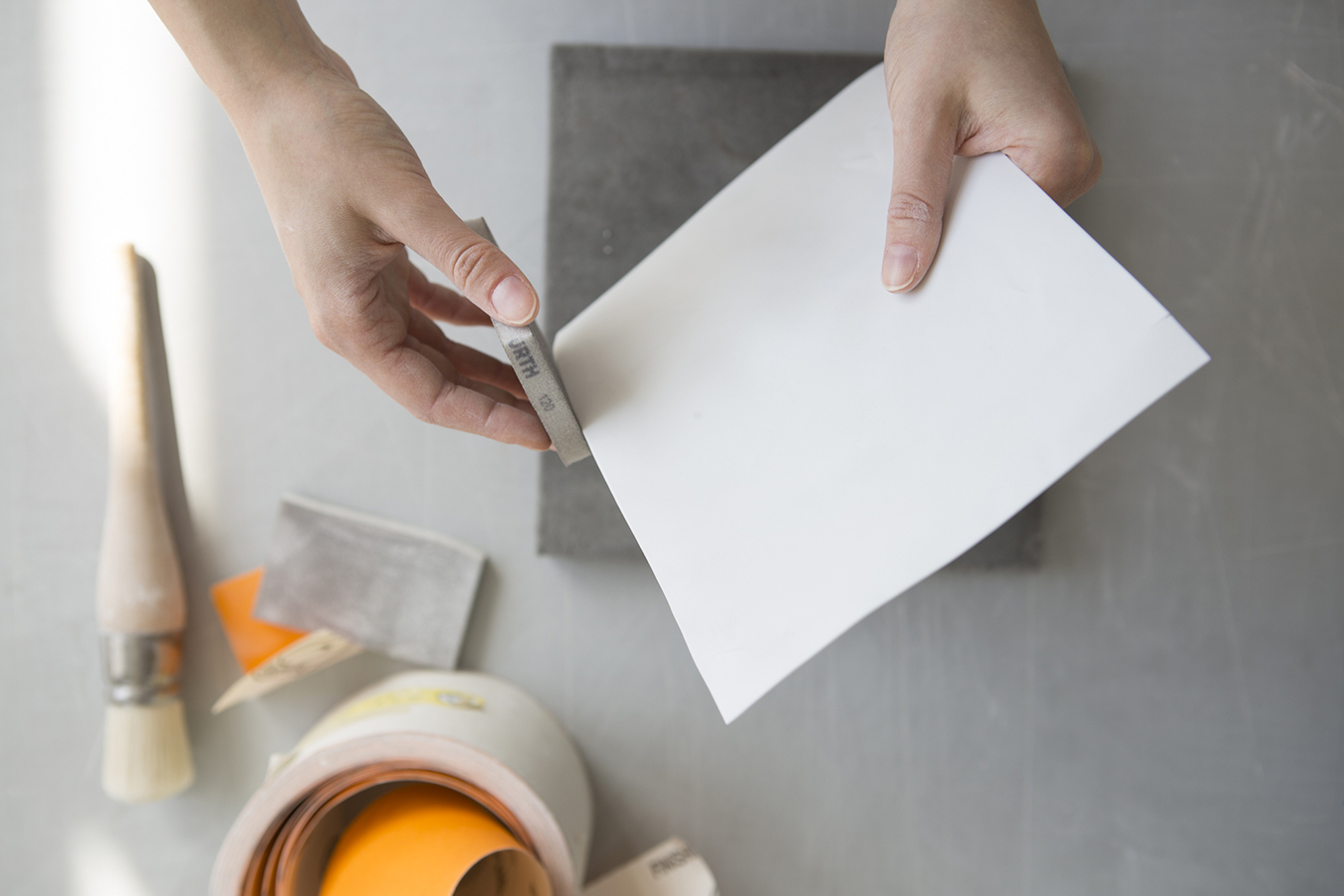Studio / Production / Technique
Lithophane & Porcelain Sheets
The lights LEAVES and THINCUT are arrangements of translucent porcelain sheets, which are hand made in our studio. Thanks to the slightly changing material thickness of circa 1 mm a play of lively transparencies arise.
The sheets of the light THINCUT are cast flat. Fine waves and moulding traces, which originate from the manual working process are integrated aesthetically to add to the character of the object.
The sheets of the light object LEAVES takes on the surface character of slightly creased paper. Each sheet is unique.
The traditional and classical Lithophane technique used in the wall lights, SUNMOON, HOOP-LA and DAYLIGHT, was developed in the 19th century. The transmission of light through reliefs incorporated in 1-2 mm thin porcelain sheets produces images in seamless shadings of light and dark, thus allowing photorealistic motifs.


I offer various versions of large porcelain pictures, manufactured in the classical lithophany-technique dating from the 19th century.
The transmission of light through reliefs incorporated in 2 mm thick porcelain sheets produces images in seamless shadings of light and dark, thus allowing photorealistic motifs.

Studio / Production / Technique
3D & Moulds
Porcelain bodies, such as those from the TROU or XY series are cast in hollow multi-part plaster molds.
The plaster extracts the water from the liquid porcelain, forming a ‘skin’ on the mold wall, the shards. The excess material is recycled.
The leather-hard body is demolded, dried, fired twice in the bisque followed by a glass firing, and then carefully sanded several times by hand.
In the gloss firing process, the already sturdy chilled porcelain is once again made soft and would lose its shape without the use of combustion aids.
For this reason, each mold is cast in parallel with an individually shaped combustion aid made of porcelain, which supports the lamp body or even embeds it completely, as can be seen in the case of the XY series. These combustion aids are disposed of after the firing, as they have, like the luminaire bodies, also decreased by 16% throughout production.















